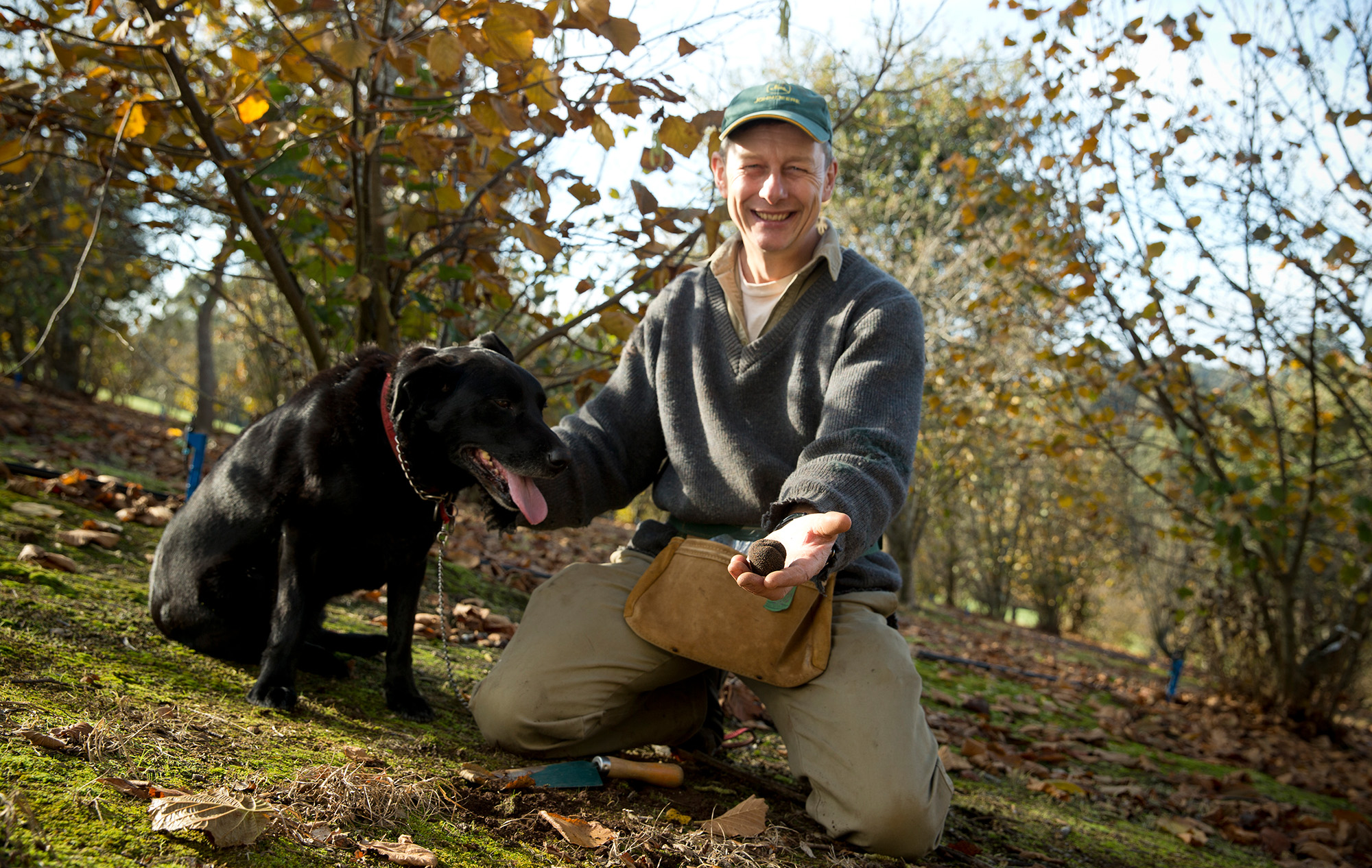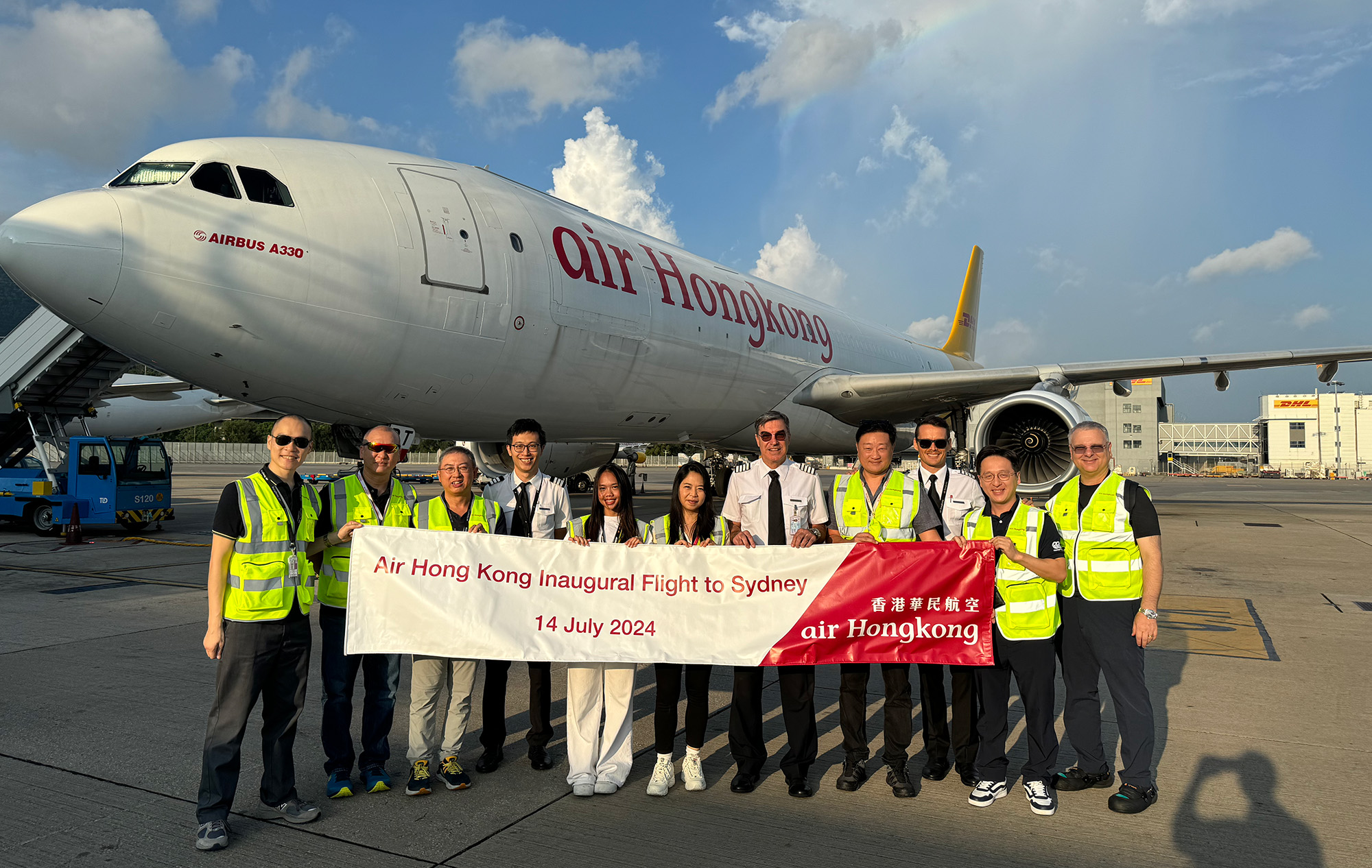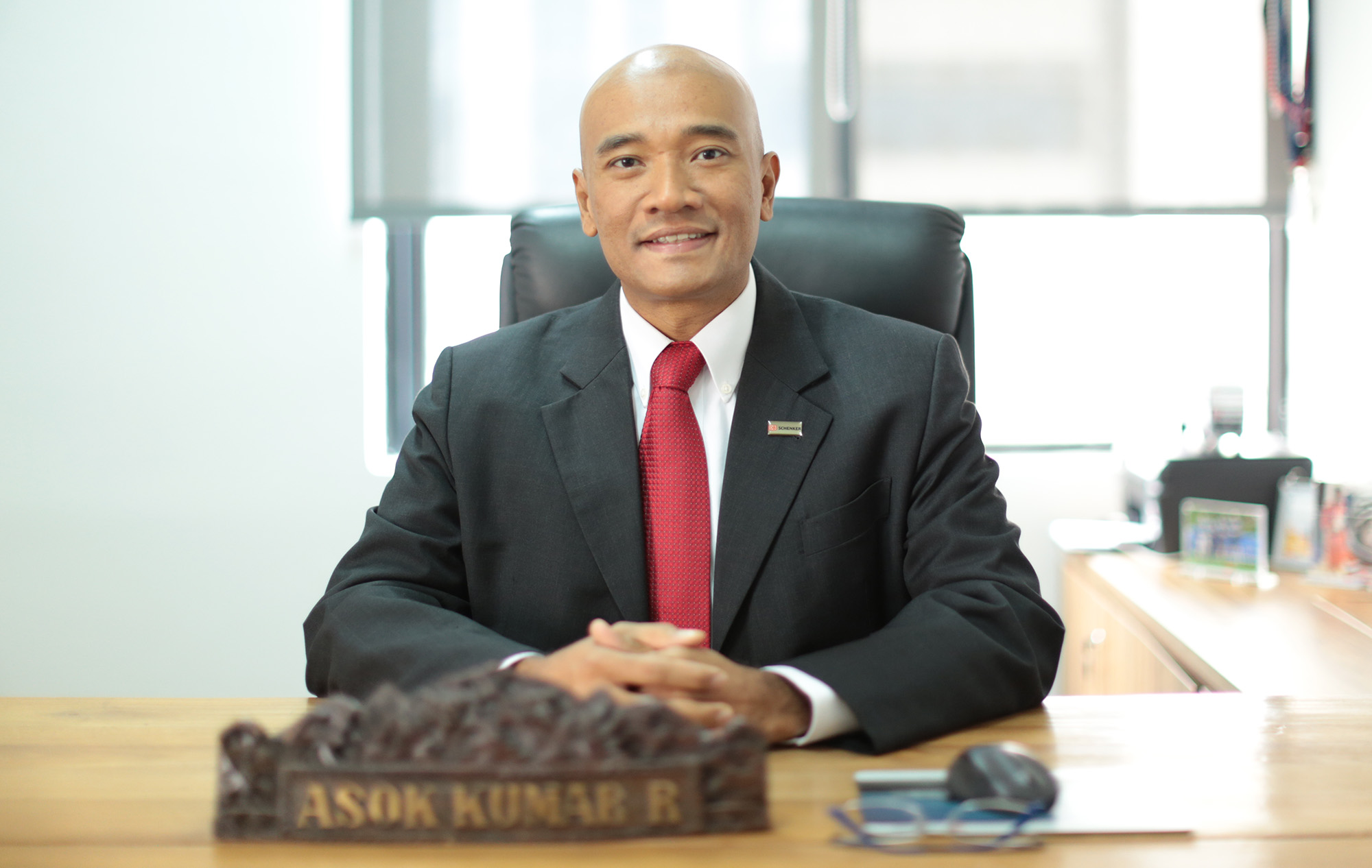When did you join Cathay?
I joined Cathay’s IT team in 2010. Since then, I have had a number of roles in business analysis and project management. I got to work on operational and commercial projects, and also the Joint Business Agreement with Lufthansa Cargo. That gave me a really good grounding on working with Cargo’s many stakeholders. I consider myself fortunate to have worked on that portfolio of projects and across other departments. Then I joined Cathay Cargo in 2022 to work on digital transformation initiatives.
When you set off on your IT career had you planned to get into aviation?
My degree was in computer science, and so I was pretty much into IT and digital stuff. The aviation part is because growing up in Hong Kong, Cathay’s branding was so good and the company had a such a good reputation that I can say I have always been interested in working in aviation. In fact, one of my roles prior to joining Cathay was with the Airport Authority Hong Kong, working for an IT vendor that was developing some systems for it. It just goes to show that branding really works!
Getting women into aviation, and particularly cargo, is an industry focus. If you were speaking to a classroom of students, how would you persuade girls that there’s a career opportunity there?
I would say that the stereotype of air cargo being a male-dominated is pretty much based on the warehouse operation. So the first thing I would say is that air cargo or logistics is not just about the warehouse – there are a lot of other stakeholders and opportunities in this area, including sales, commercial and customer relationships before you even get to the operational side.
And of course, digital work and IT touch all those areas too, as they do in other industries. There is plenty to break the stereotype of the warehouse and big machines. There, digitalisation has helped reduce some of the intensive physical work. And in the Cathay Cargo Terminal, we are seeing an increasing number of women driving tugs and forklifts, so there is no need for this to be, or be seen as, a male-dominated industry.
What are your immediate tasks in your new role?
The ongoing focus is developing the ‘cargo digital hub concept’, which will turn the cathaycargo.com website into a one-stop shop where customers will ultimately be able to book, track and trace, and access the customer services that we want to provide. While it will look just like a website for customers in terms of design and user experience, the back end is scattered throughout different systems. The hub concept aims to link them up to provide a more integrated and user-friendly resource. For example, this will include enhanced ‘track and trace’ and ‘manage my booking’ functionalities. On the new track and trace pages on the website, customers can now enter up to five AWB numbers to see where their shipments are. Should a shipment be offloaded, they will be notified by email, and both it and the track and trace screen will show information about what flight the shipment has been protected on to, reducing the need to call for information. It’s all about improving the user experience, so there will be new functions and new releases on the website, but in the back-end we will also be uniting data feeds to make the customer experience more aligned.
What will people notice first?
What people will notice first is that we will start to build the members’ area later this year and we are developing a new claims management system that is soft-launching this summer. This is pretty much a back-end system, but when the full launch starts it will include a customer-facing submissions page. Only around 0.02 per cent among our thousands of shipments each year result in a claim, but it’s important to put things right for affected customers as soon as possible by making the claims process intuitive and quick to understand. Looking further ahead, the ‘manage my booking’ functionality should also start to roll out later this year. On top of the batch booking for Click & Ship, we’ve also added a spreadsheet booking facility, which will hopefully simplify the booking process for our customers.
What are the benefits of this agile or phased approach to releases?
The agile methodology is a good way to mitigate disruptions and it recognises that the world changes fast, especially with IT developments. We try to chop things up into smaller chunks and deliver the higher value pieces first. It also means we can reap the benefits earlier instead of waiting much longer for the total benefit, and offers flexibility and the opportunity to prioritise important factors first.
What does the future hold with technologies like AI?
We’re working on a proof of concept on the large language model for import and export control using smart checking to ensure that licenses are provided for certain types of commodities by the authorities. So we’ve started on that with the digital team and we’re going into production on this around the end of the year.
One other area we’re exploring is with dangerous goods shipments and digitalising the acceptance process by looking at legal requirements for the origin and destination and removing the possibility of human error in the shipment declaration checklist.
So what are you most looking forward to in your new role?
That’s a hard question. What I look forward to most is seeing ideas turn into reality. I think that is also one of my driving forces, where I want to push things to make them happen, and to the satisfaction of the many stakeholders, external and internal, involved in the work.
Will we see you at air-cargo industry events?
I would say that is also one of the most challenging parts for me! My predecessor, Ingrid Lee, was very well known, and while I’m aligned with the idea in that we need to go out and talk about what we’re doing, the thought leadership area is something I plan to work on. Ingrid was and is a great role model to learn from.








